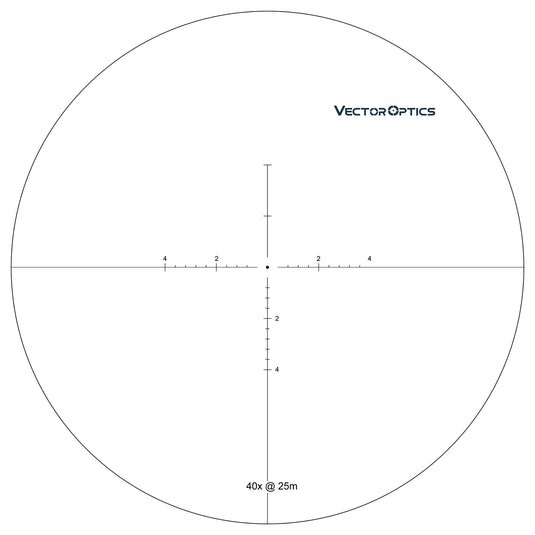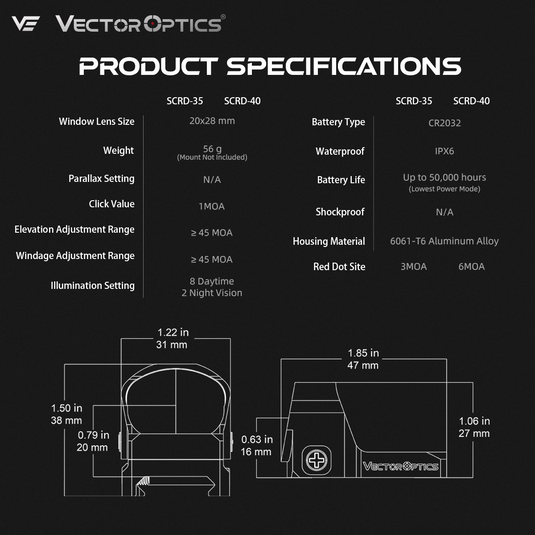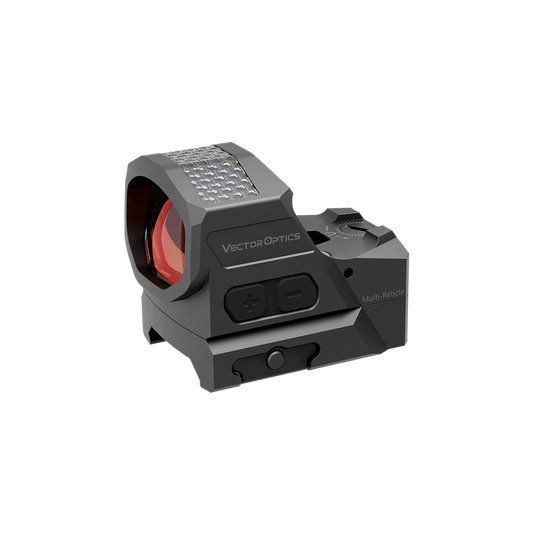Plain Game Hunting Definition
Plain game hunting: Plain game hunting refers to the pursuit of herbivorous wildlife in open field, such as savannahs, grasslands of Africa. It often involves long-distance spotting and stalking due to the open and expansive terrain.
Distance: Most common ranges for plain game hunting are from 100 yards to 500 yards.
Environment: Usually the plain game hunting happens in the open grasslands, savannas, bushveld (grassland and forest), scrubland (bushes and shrubs).
Animals: The hunting includes a diverse range of animals, from large animals, like kudu, eland, wildebeest, to small animals, like springbok, impala, etc. Plain game hunting do not binclude the "Big Five", lion, leopard, rhinoceros, elephant, and Cape buffalo.
Features of Scopes You Should Consider Based on the Specialty of Plain Game Hunting
Focal Plane: SFP is still preferred in plain game hunting, where extreme long-range presision is unessential. FFP works well for long-range precise shooting.
Magnification:
Everyone has their own shooting preferences. When considering the shooting range for plains game hunting, which varies from 100 to 500 yards, a scope with 1-12x magnification is suitable. A 3-9x magnification scope sufficiently covers ranges from 100 to 300 yards, while a 4-12x magnification scope extends the effective shooting range up to 400 yards.
The power range provides flexibility of varying shooting distance. At the low power, hunters will get a wide field of view for closer shots. At the high power, hunters are able to take precise shot at 300 yards.
Fiber/Etched reticle:
Etched reticles are highly durable, capable of withstanding heavy recoil. They enable intricate reticle patterns that assist shooters in calculating bullet drop compensation(BDC). VE's etched reticle scopes typically feature a center dot illumination, which helps mitigate one of the limitations of etched reticles by improving visibility in low-light conditions. Considering the common range of driving huntering are within 100 to 200 yards, an etched reticle with simple BDC should be enough.
Fiber-optic reticles improve visibility in diverse lighting conditions by providing a brightly illuminated center dot, facilitating enhanced aiming precision in low-light scenarios. However, the primary limitation of fiber-optic reticles lies in their restriction to simpler designs, typically the G4 pattern.
Since the animals, I mentioned in the first section, are usually active in the early morning or late afternoon, fiber reticle may be preferred for its excellent performance of brighter center dot illumination compare to that of etched reticle.

Reticle Pattern
Both the Duplex Reticle and G4 pattern facilitate easy and rapid target acquisition through their bold lines, which naturally draw the shooter's attention. When enhanced with an illuminated center dot, these reticles significantly improve target acquisition speed, especially in low-light conditions such as dawn and dusk, providing clear visibility and precise focus on the intended target.
For experienced shooters, the Christmas tree reticle is an excellent option. This reticle features graduated markings both horizontally and vertically, allowing hunters to make rapid and accurate shots at various ranges without the need to recalibrate or continually adjust settings. Typically, the Christmas tree reticle is designed for hunting in open terrain and over long distances. This is because the reticle itself may be cluttered to obscure some details especially when the background is messy.
Mil-dot reticle is another good option. It allows for distance estimation and ballistic compensation. It could be largely utilized during long-range hunting.
The mil-dot reticle is a another good option for experienced hunters. It combines distance estimation and ballistic compensation. It is especially useful in long-range hunting where precision is crucial. By using the spacing between the dots, hunters can gauge distances to their targets and compensate for factors like bullet drop and wind, allowing for more accurate shots over great distances.
Light Transmission
Given the time and location considerations for driven hunting, choosing a scope with high light transmission is advisable, as it ensures sharp and crisp imagery, facilitating quick and easy target acquisition. However, if you're on a budget, you have to compromise some features. Choosing a scope with HD glass instead of ED glass is a practical alternative. This is because, for close-range shooting typically associated with driven hunts, the superlative clarity provided by ED glass is not strictly necessary; HD glass suffices for effectively spotting targets.
Recoil
Due to the potential long-range shooting, calibers for plain game usually range from .243 to .300 Winchester, depending on the size of the game. Therefore the recoil should be considered when you pick the scope. A scope with sufficient shock resistant, at least 750G, will prevent unexpected issues during use. All VE scopes are at least 750G.
Weight
Plain game hunting may need hunters stalk or ambush the animals for a long period, therefore a lightweight scope is preferred to be carried around. It also facilitates quicker and more fluid movement of the firearm, enabling faster targeting and repositioning.
Summary
Plains game hunting typically occurs within a range of 100 to 500 yards, making a 2-12x magnification scope an ideal choice for covering all shooting distances. A magnification up to 16x is quite generous and sufficient for precise hunting.
Considering the variable light conditions during plain game hunting, a fiber optic reticle enhances visibility and facilitates easy target acquisition. For shots over 200 yards, a G4 reticle with a simple BDC (Bullet Drop Compensator) pattern offers accuracy and ease of use. Although a large objective lens diameter improves light transmission, it also increases the scope's weight, potentially making it cumbersome to carry.





Grizzly: Spend less, See Beyond.
The line features SFP hunting scope with fiber reticle. It provides decent image and reliable adjustment that keep you longer in the wood.


































